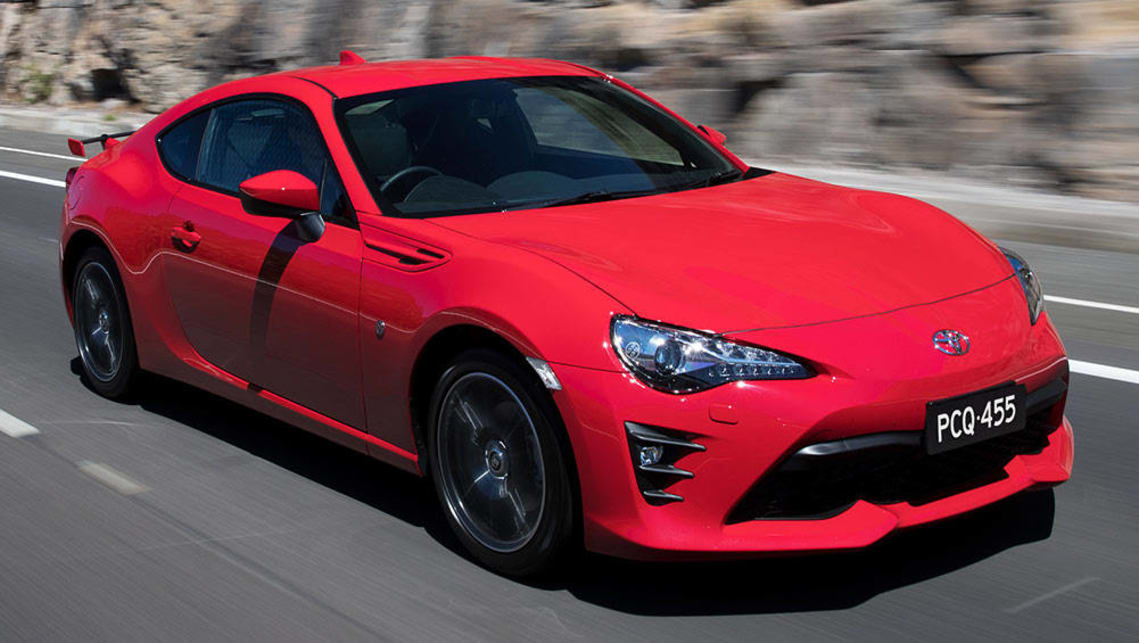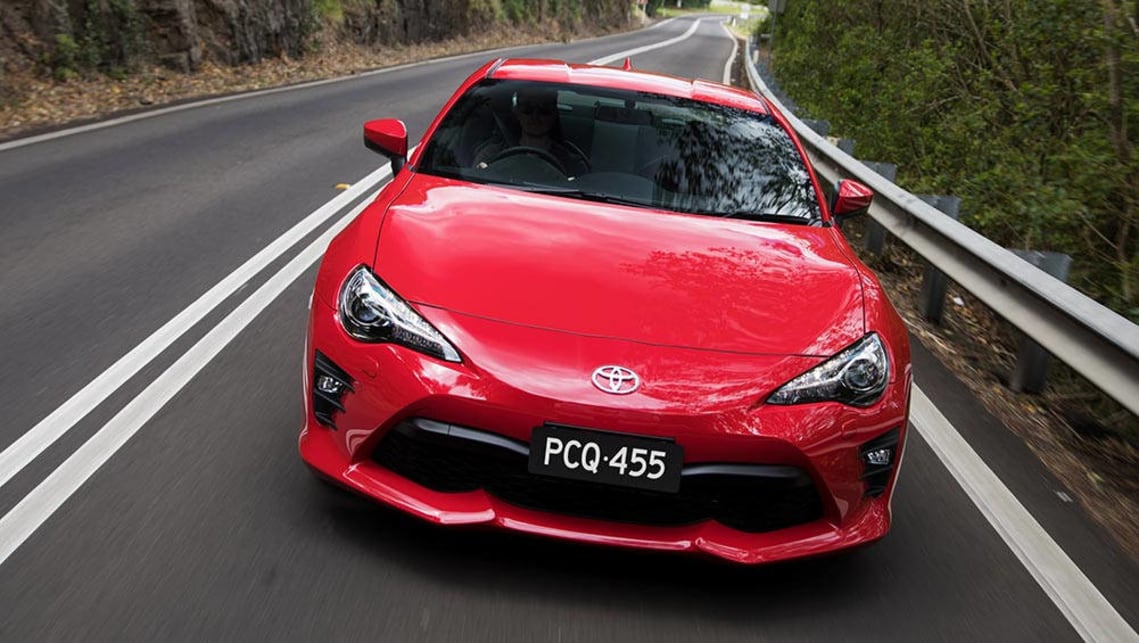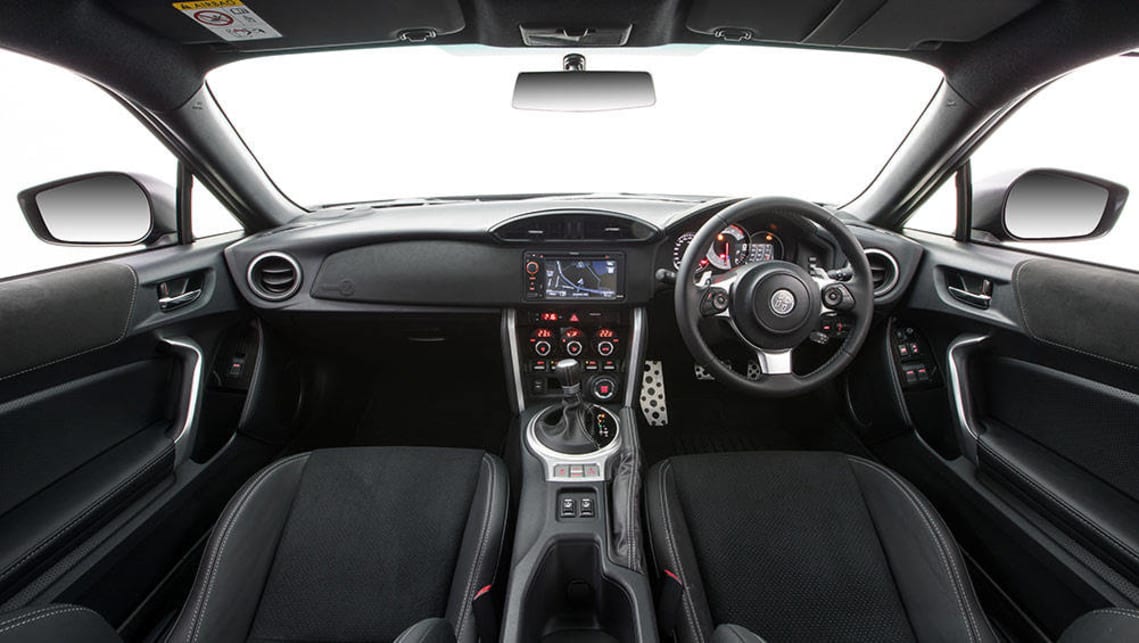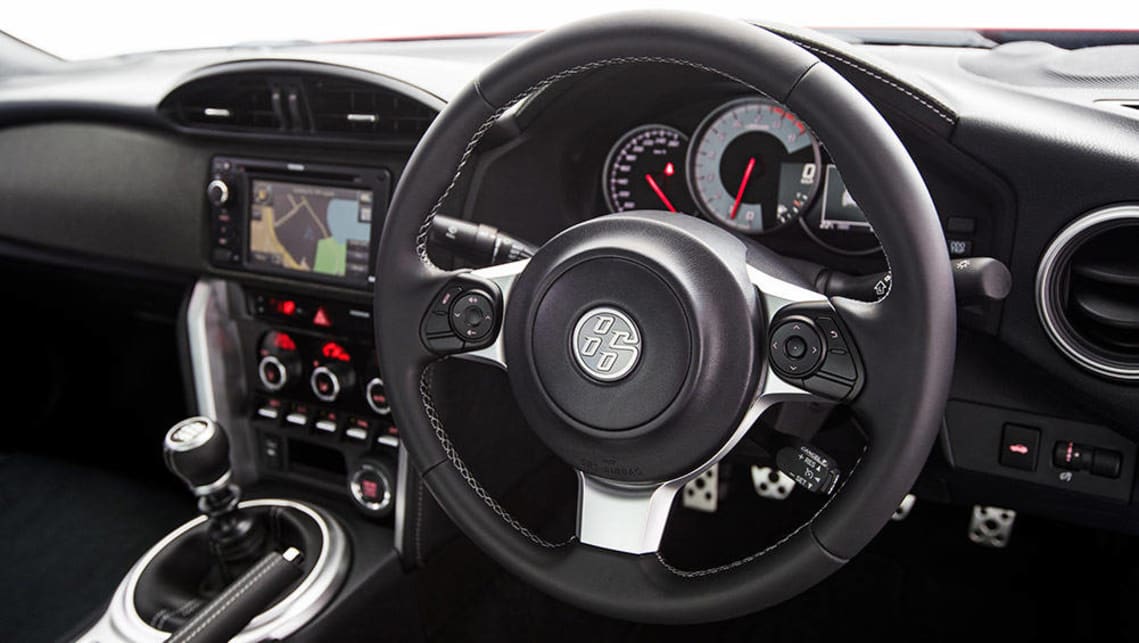
2017 Toyota 86 | new car sales price
Toyota has given its 86 a nip and tuck that's designed to give the rear-wheel-drive sports car an even more focused edge.
It's jumped slightly in price as a result, but Toyota justifies the cost increase by pointing to the fact that the car hasn't seen an increase since it launched to great fanfare in 2012.
"These updates for the Toyota 86 are focused on improving the responsiveness, balance and handling of a car that is already rated in the same league as some legendary sports cars," added Toyota Australia's executive director sales and marketing Tony Cramb.
The base GT manual has jumped by $800 to $30,790, while the GT auto rises $600 to cost $33,090.
The top-spec GTS manual is up $500 to $36,490, and the auto gains $300 to cost $38,790. All prices are before on-road costs.
Exterior changes to the GT and GTS models are minor, and comprise of revised front and rear bars and a new alloy spoiler and 17-inch rims for the top-spec GTS, while new LED headlights, daytime running lamps and taillights have been added.
Inside, Toyota claims that the new 362mm diameter steering wheel is the smallest ever fitted to a production Toyota (a typical racing car has a wheel of 350mm), while the GTS gains a suede-like dash cover and colour info screen within the instrument binnacle.
The car already features the lowest hip point (or seat base height) of any production Toyota.
Australia is the biggest market for the car outside of its home territory of Japan.
The biggest changes are under the skin, with the Subaru-sourced 2.0-litre naturally aspirated boxer four-cylinder engine undergoing some serious engineering.
Stiffening ribs have been added to the engine block, the pistons are new, and the manifold and exhaust have been re-tuned for better gas flow.
The fuel injection map has been redone, too, resulting in a minor 5kW power boost to 152kW at 7000rpm, and 212Nm of torque that peaks at 6400-6800rpm.
The auto maintains its previous figures of 147kW and 205Nm.
Chassis work is extensive, with springs, dampers and front sway bar changed or modified, extra reinforcing material and thicker body parts making the rear end stiffer, and extra spot welds throughout firming up the bodyshell.
As well, the traction control system has been re-tuned to "add to the driving enjoyment" of the 86, according to Toyota. It's also gained a 'track' mode that allows the driver to tweak the level of traction and stability control required; all the way through to 'you're on your own, buddy.'
Lastly, the final drive ratio in the six-speed manual-equipped car has been shortened to 4.3:1 from 4.1:1. This means that the gaps between gears are shorter and the top speed is lower, but acceleration will feel more brisk.
The diminutive two-door coupe has found more than 17,000 homes since its launch in 2012, and Australia is the biggest market for the car outside of its home territory of Japan.
It's twinned with the mechanically identical Subaru BRZ, with both cars built on the same line in Subaru's Gunma plant in Japan.
















Comments